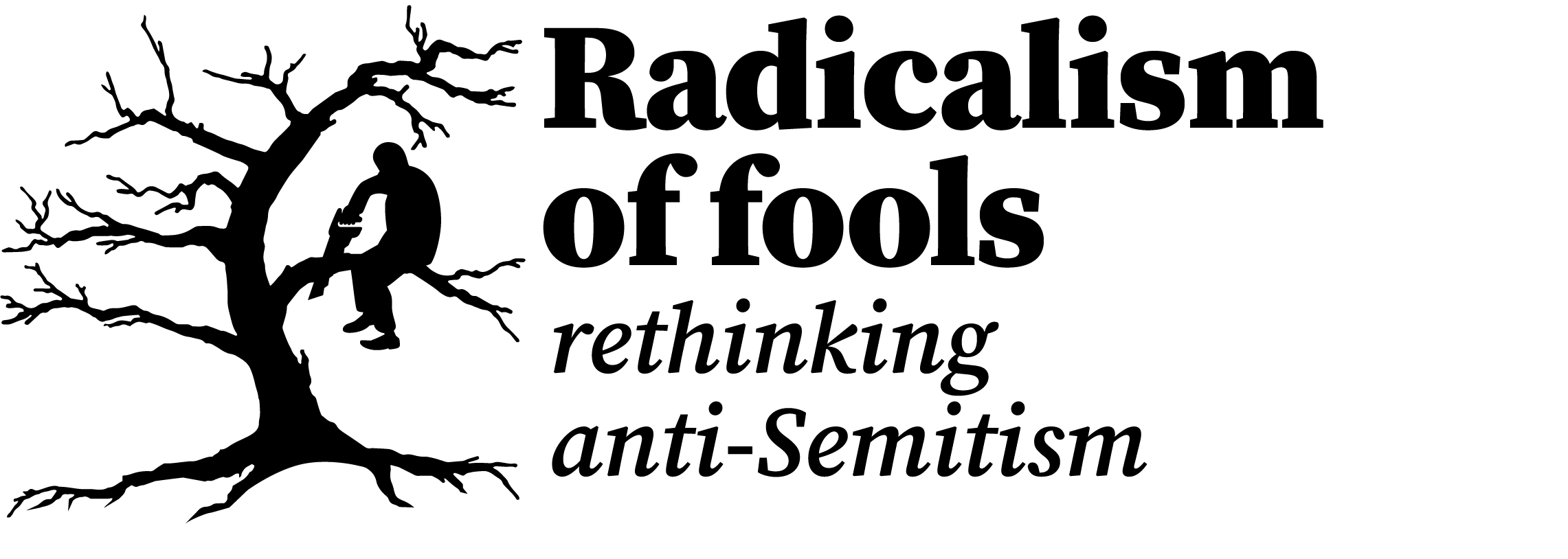The extent to which the contemporary “left” has appropriated its criticisms of Israel from the old Soviet Union is remarkable. Although it is over three decades since the country’s mainly unlamented demise its motifs and tropes in relation to Israel live on. It paved the way for presenting anti-Semitism in an anti-Zionist form.
However, the relatively small number of commentators who recognise this continuity typically fail to recognise an important discontinuity. The contemporary left is fundamentally different from that which existed during Soviet times. Although the poisonous rhetoric may be similar the character of the movement is entirely different.
Izabella Tabarovsky is widely seen as the contemporary authority on Soviet anti-Semitism. She has, among other things, written on the subject for the Fathom Journal (here on Soviet anti-Zionism and contemporary left anti-Semitism) and the Tablet (here on the Soviet influence on the doctoral dissertation by Mahmoud Abbas, the president of the Palestinian Authority). She has also appeared on many webinars including this one on anti-Zionism as political propaganda.
She argues convincingly that the contemporary anti-Israel left reproduces with extraordinary fidelity the motifs, the tropes and the explanatory logic of Soviet anti-Zionism. This is particularly true of the version that emerged after the Six Day War of 1967. At that point it became even more conspiratorial and took on a global dimension. The Soviet Union sponsored numerous publications and organisations that argued along these lines.
Like today’s leftist anti-Zionists it condemned anti-Semitism. Indeed the viewpoint was prohibited in the Soviet Union. Instead it promoted a new disguised form of anti-Semitism wrapped in the guise a principled anti-imperialism and anti-colonialism.
Tabarovsky points to several key tenets of Soviet anti-Zionism. Each of these will be familiar to anyone who follows the contemporary debate on Israel. These were its key assumptions:
· Zionism is a form of racism.
· Zionism, Nazism and fascism can be equated.
· Zionists foment anti-Semitism for their own purposes.
· Zionists benefited from the Holocaust and collaborated with Nazis during the Holocaust.
· Anti-Zionism and anti-Semitism are not the same.
Another similarity was that official soviet Zionology loved some Jews but hated others. Religious Jews and Zionist Jews were loathed but Jews who shared the Soviet line were lauded.
The main difference with the contemporary left was that the Soviet Union never officially said that Israel should be eliminated. In other respects the similarities are uncanny.
Where the argument often goes wrong is the assumption that there is a straightforward continuity between the old left and the woke left. Indeed I put the word left in quotation marks at the start of the article to precisely emphasise the difference.
As I have previously argued there are many key differences between the old left and the contemporary woke left. One of the most important is that the central concept of the old left was social class whereas the woke are wedded to identity politics. These are directly contrary premises.
Admittedly there were many variations of the old left but they generally shared the idea of class as the key force in society. In other words they assumed that the mass of society could transcend its differences and play an important role in bringing about social change. It was generally part of a universalist perspective.
In contrast the woke left sees society as irrevocably divided between different identity groups. These can take many forms including ethnic groups, religion, gender and sexuality. It is generally not seen as possible or even desirable to transcend these differences.
Woke identitarians tend to see society as locked in a hierarchy of privilege which is unlikely to disappear. Those regarded as at the top of hierarchy, which includes whites and often Jews, are generally seen as in a strong position of supremacy. The best possible outcome is generally seen as taking from one group to give to another. That is why the woke typically favour equity over equality. There is little faith in the possibility of human progress benefiting everyone with social divisions either withering away or becoming insignificant.
So in relation to the anti-Zionist form of anti-Semitism the tropes and motifs may be the same but the context is entirely different. Indeed if anything the woke left is even more attached to such ideas than the old left. It becomes all too easy to slot the notion of hyper-privileged Jews into the new woke framework.
To understand contemporary anti-Semitism these differences must be recognised. It is necessary to understand the discontinuities as well as the continuities.

